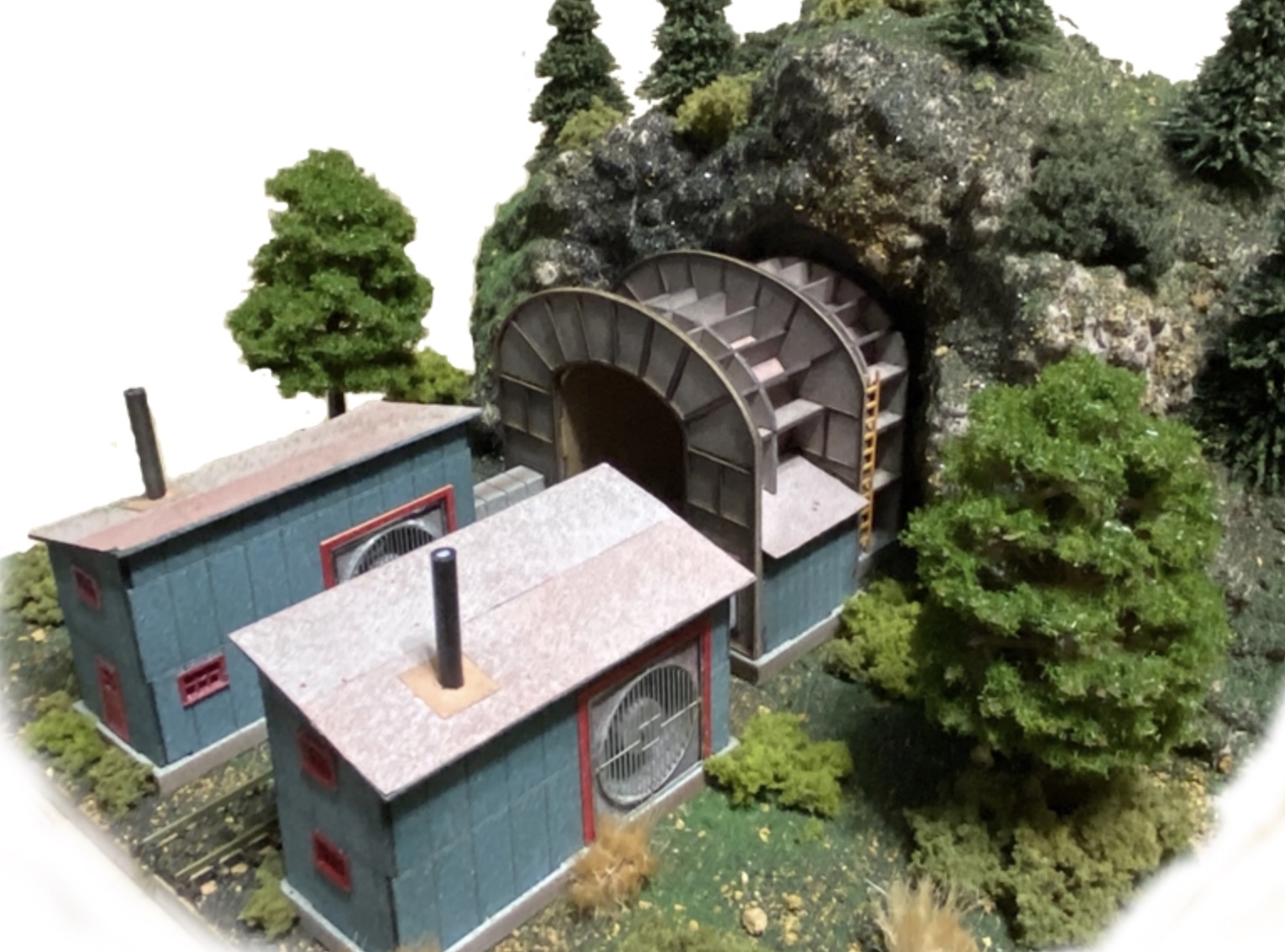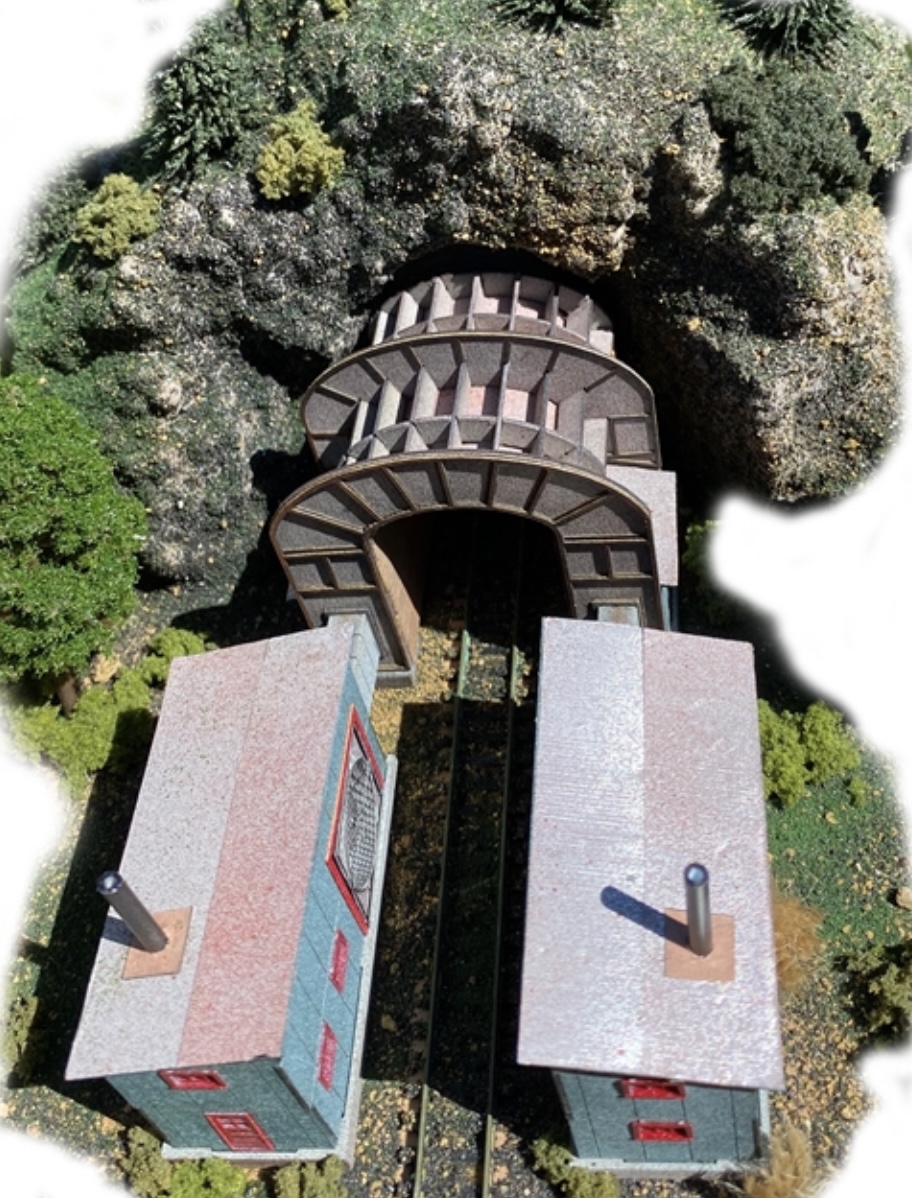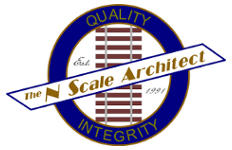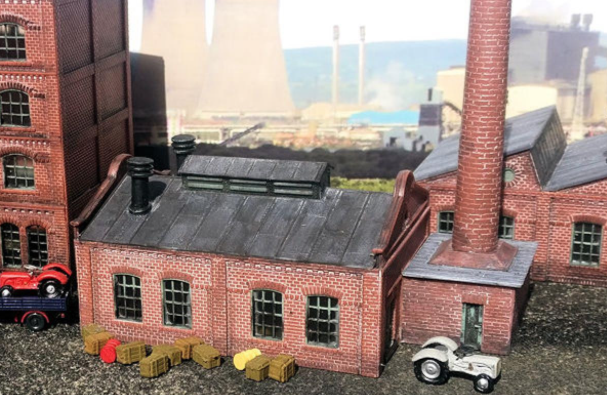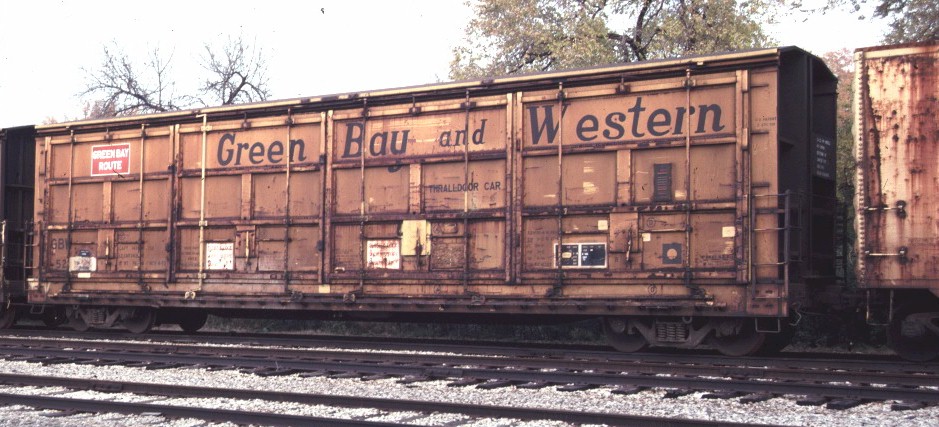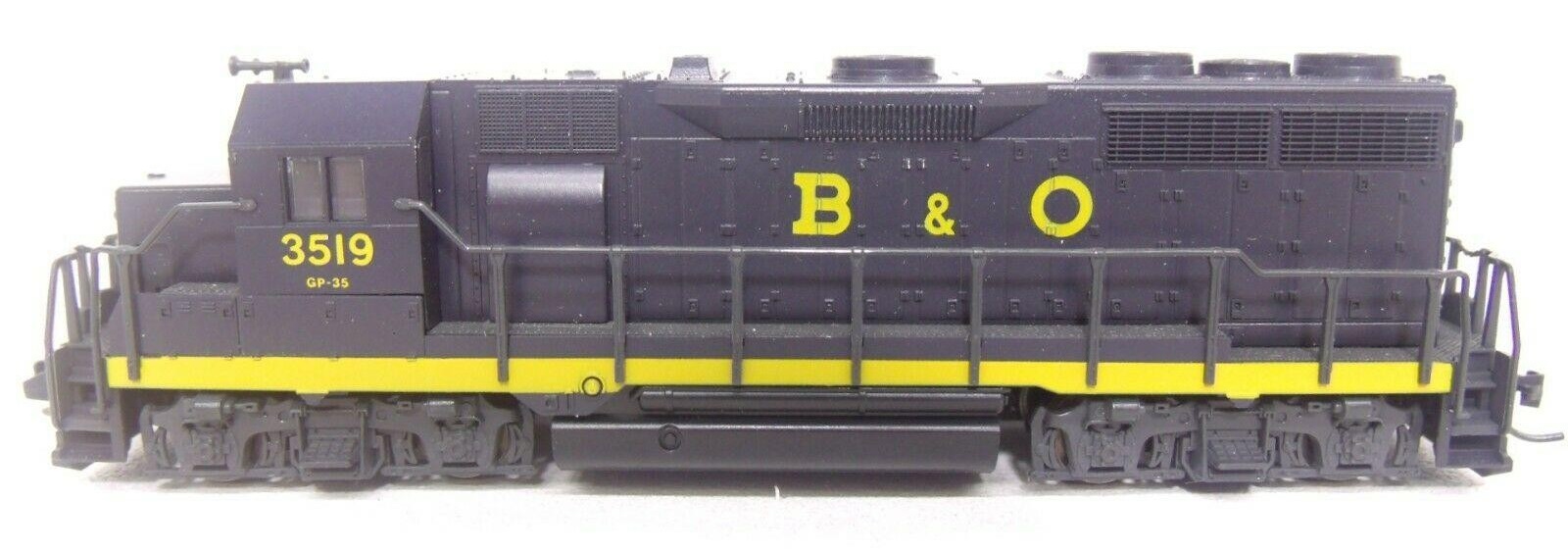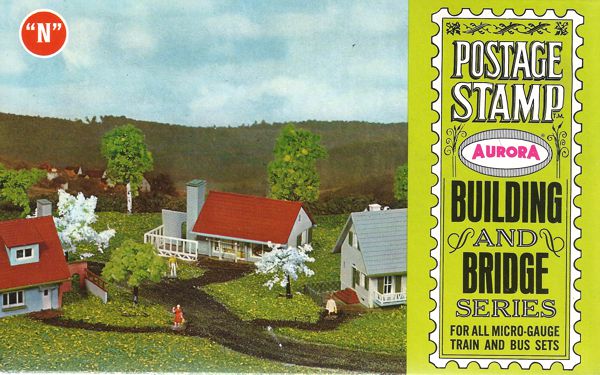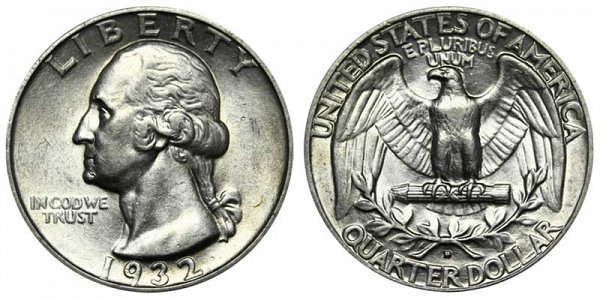Specific Item Information: This Barnesville Tunnel kit is the second in our new Layout Builder’s Series. It was inspired by the 3,409-foot Mahanoy Tunnel completed by the Philadelphia & Reading Railroad in 1863. This tunnel located near Barnesville, Pennsylvania is still used today by the Reading & Northern Railroad. A tunnel fan exhaust system was added in 1901 on the eastern entrance to remove the smoke and gases created by the numerous steam powered trains that passed through this tunnel on a daily basis. Though not an exact replica, this kit captures the major structural elements of this prototype based on our field visits to this site and several articles written about this exhaust system over the years. Whether this system is modeled as being operational or not, it will add interest to any tunnel portal on your layout or module.
Included in this Barnesville Tunnel kit are the Main Chamber Housing, two(2) Exhaust Fan Buildings, Vent Ductwork and a Wooden Tunnel Casing which are complemented by highly detailed exhaust fan castings, finely etched stainless steel grills and illustrated step-by-step instructions. The completed model measures 5.50”L x 3.50”W x 2.25"H. Please see the adjoining diagram for more detailed measurements.
Included in this Barnesville Tunnel kit are the Main Chamber Housing, two(2) Exhaust Fan Buildings, Vent Ductwork and a Wooden Tunnel Casing which are complemented by highly detailed exhaust fan castings, finely etched stainless steel grills and illustrated step-by-step instructions. The completed model measures 5.50”L x 3.50”W x 2.25"H. Please see the adjoining diagram for more detailed measurements.
Road Name History: 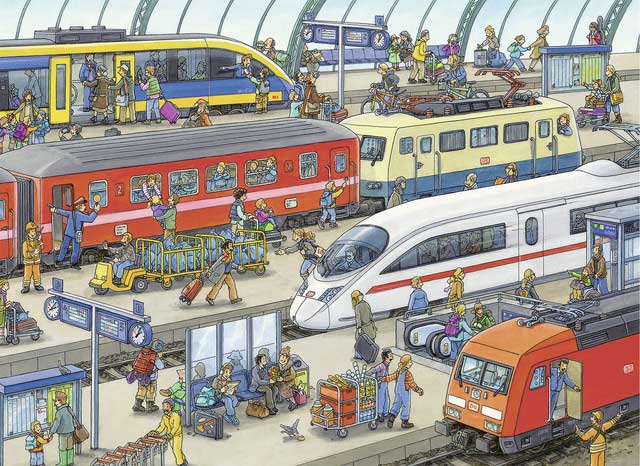 Railroad structures include but are not limited to stations, depots, yard offices, interlocking towers and tanks. A train station, railway station, railroad station, or depot is a railway facility where trains regularly stop to load or unload passengers or freight.
Railroad structures include but are not limited to stations, depots, yard offices, interlocking towers and tanks. A train station, railway station, railroad station, or depot is a railway facility where trains regularly stop to load or unload passengers or freight.
It generally consists of at least one track-side platform and a station building (depot) providing such ancillary services as ticket sales and waiting rooms. If a station is on a single-track line, it often has a passing loop to facilitate traffic movements. The smallest stations are most often referred to as "stops" or, in some parts of the world, as "halts" (flag stops). Stations may be at ground level, underground, or elevated. Connections may be available to intersecting rail lines or other transport modes such as buses, trams or other rapid transit systems.
From Wikipedia

It generally consists of at least one track-side platform and a station building (depot) providing such ancillary services as ticket sales and waiting rooms. If a station is on a single-track line, it often has a passing loop to facilitate traffic movements. The smallest stations are most often referred to as "stops" or, in some parts of the world, as "halts" (flag stops). Stations may be at ground level, underground, or elevated. Connections may be available to intersecting rail lines or other transport modes such as buses, trams or other rapid transit systems.
From Wikipedia
Brand/Importer Information: The N Scale Architect was founded in 1991 by Russ Kaufman who has been active in model railroading since the early 1970s. Although many model railroaders received a Lionel Train as their first train set, Russ and his brother Bill were bitten by the model railroad bug in the form of an Aurora N-Scale set.
Russ started The N Scale Architect based on the encouragement of fellow modelers who thought that the plans he had drawn up for scratch building over the years might be enjoyed by others in kit form. The first kits featured detailed step-by-step instructions with hand drawn illustrations and plastic templates to be used for cutting the various pieces. This tradition of high quality instructions continues with the addition of "in-process" and color photos and, thanks to better computer aided programs, more detailed drawings. These templates have been replaced with laser-cut micro-plywood pieces along with the addition of many detailing castings which are now also available separately as part of their "Making A Scene" product line.
Russ started The N Scale Architect based on the encouragement of fellow modelers who thought that the plans he had drawn up for scratch building over the years might be enjoyed by others in kit form. The first kits featured detailed step-by-step instructions with hand drawn illustrations and plastic templates to be used for cutting the various pieces. This tradition of high quality instructions continues with the addition of "in-process" and color photos and, thanks to better computer aided programs, more detailed drawings. These templates have been replaced with laser-cut micro-plywood pieces along with the addition of many detailing castings which are now also available separately as part of their "Making A Scene" product line.
Item created by: CNW400 on 2021-11-29 19:15:07. Last edited by Alain LM on 2023-05-03 12:40:05
If you see errors or missing data in this entry, please feel free to log in and edit it. Anyone with a Gmail account can log in instantly.
If you see errors or missing data in this entry, please feel free to log in and edit it. Anyone with a Gmail account can log in instantly.


